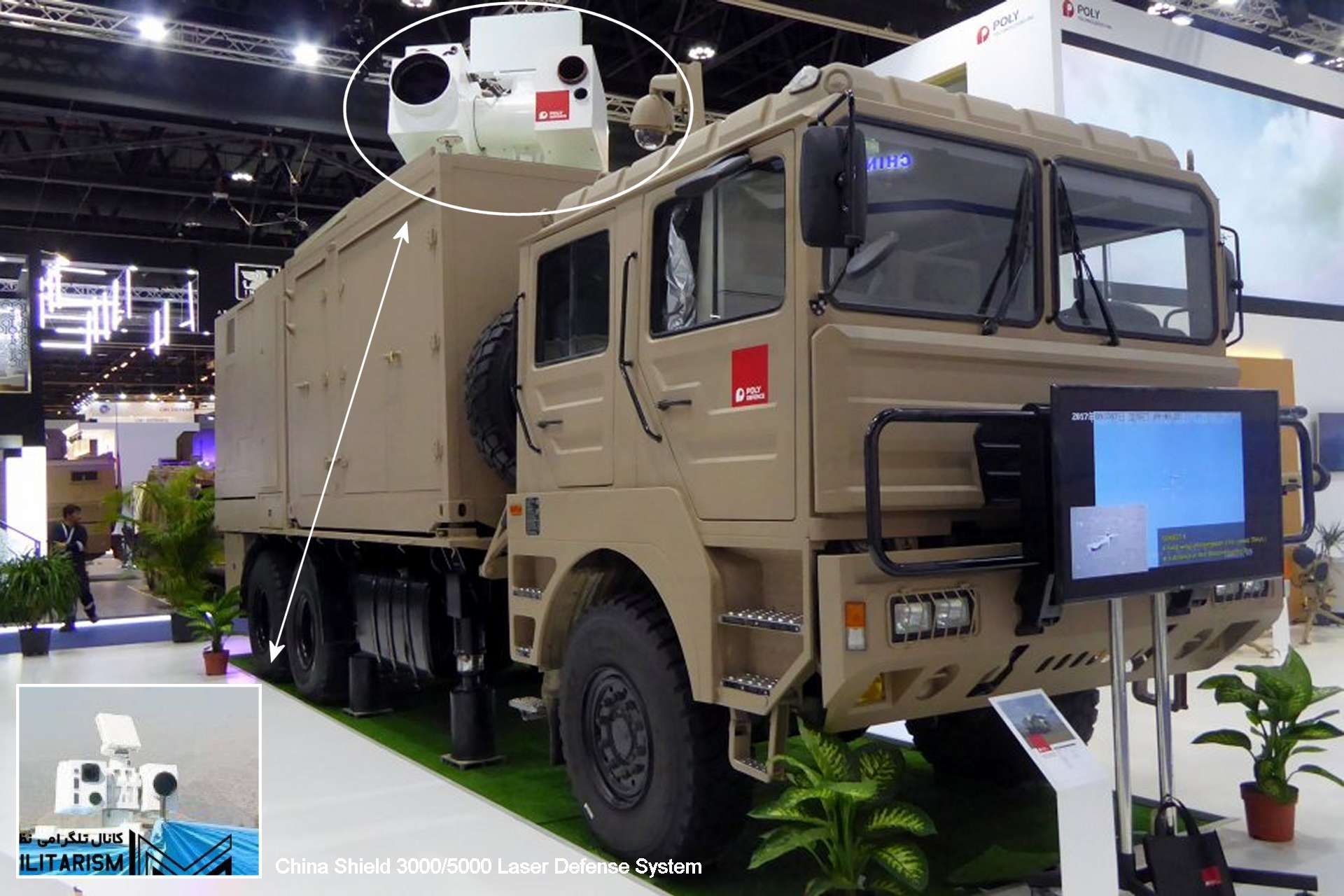Breaking News
Iran Deploys Now Chinese Laser Weapon System to Protect High-Value Targets Against Aerial Threats.
Iran appears to be equipped with a new advanced laser defense system, according to a picture posted on the X account of Mehdi H on October 4, 2024. Initial analyses suggest that this laser system could be the China-made Shen Nung (Divine Farmer) Shield 3000/5000 Laser Defense System, also known as the 'Silent Hunter.' This sighting indicates that Iran may have acquired this state-of-the-art technology to enhance its defensive capabilities against low-altitude threats.

Iran appears to be utilizing the Chinese Shen Nung Shield 3000/5000 Laser Defense System to counter aerial threats (Picture source: China Defence)
The system spotted is a Low-Altitude Laser Defense System (LASS), characterized by its ability to target and neutralize unmanned aerial vehicles (UAVs) and other low-flying objects. The "Silent Hunter" variant is an electrically powered, fiber-optic laser weapon system developed by China. It boasts a power output ranging between 30 and 100 kilowatts, allowing it to effectively engage targets at various ranges and altitudes.
One of the remarkable features of the Silent Hunter is its maximum operational range of 4 kilometers. At a distance of 800 meters, it is capable of penetrating 10 millimeters of steel, demonstrating its potency against armored targets. This capability makes it a significant asset for countering drone swarms and protecting critical infrastructure from aerial threats.
Recent defense ties between Iran and China reflect a deepening strategic partnership, underscored by a comprehensive 25-year cooperation agreement signed in 2021. This deal, intended to boost Iran's military and technological capacities, includes joint military training, intelligence sharing, and potentially significant arms transfers. The agreement allows China to use Iranian air and naval facilities, especially in the Persian Gulf, which strengthens both nations’ positions in the region amid shifting geopolitical alliances. China’s defense collaborations have included technology transfers and training aimed at enhancing Iran’s anti-access and area-denial capabilities, especially against aerial and maritime threats.
As part of this partnership, Iran may gain access to advanced Chinese weaponry, including anti-drone systems and missile technologies. This defense alliance positions both countries as strategic counterweights to U.S. influence in the Middle East. China’s “Silent Hunter” laser defense system, recently spotted in Tehran, exemplifies the possible arms transfers that support Iran’s defensive infrastructure against low-altitude aerial threats, marking a significant step forward in bilateral military collaboration.
Armed forces find laser systems highly effective against drone threats due to their precision, speed, and low operational costs. Lasers can disable or destroy drones almost instantly by targeting their sensors or structural components, making them ideal for countering swarms of small, low-flying UAVs. These systems also offer scalability in power output, allowing forces to adjust energy levels based on the target type, which is cost-efficient compared to traditional interceptive munitions. Additionally, laser systems generate minimal collateral damage and can operate continuously as long as there is sufficient power, making them reliable assets in defending sensitive locations.
Several armed forces worldwide are advancing laser weapon systems to counter the growing threat of drones and other aerial targets. The U.S. military, for example, is developing the High Energy Laser Weapons System (HELWS) to neutralize UAVs and rockets, with tests showing promising results in both mobile and stationary defense settings. Similarly, Israel's "Iron Beam" is a high-powered laser system designed to intercept drones, mortars, and missiles at close range, supplementing the Iron Dome missile defense system. In Europe, Germany has tested its own laser systems within the Bundeswehr for similar drone defense applications. These developments aim to provide a cost-effective, precise, and responsive defense solution as drone threats evolve in complexity and scale.
The introduction of such a system into Iran's arsenal could have substantial implications for regional security dynamics. It indicates a potential deepening of military cooperation between Iran and China, aligning with both nations' strategic interests. Furthermore, it enhances Iran's ability to defend its airspace against increasingly sophisticated drone incursions, which have become a common feature in modern asymmetrical warfare.


























